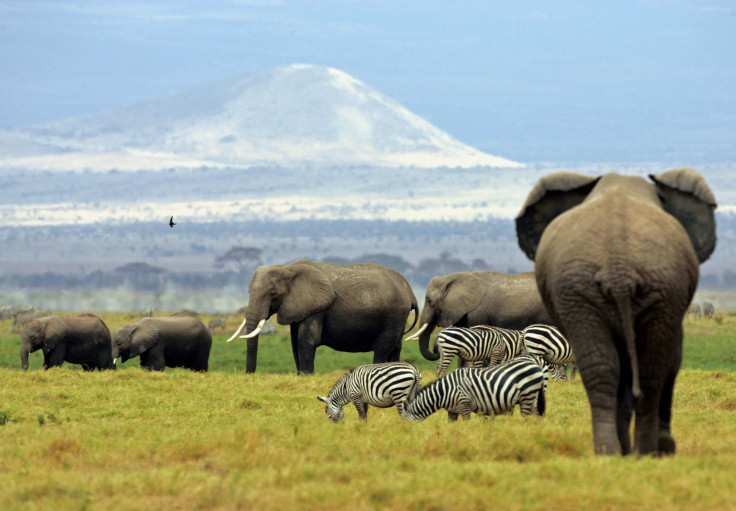Larger Animals Live Longer Thanks to Physics

A physical law has provided the reason behind one of biology's important observations that bigger animals tend to live longer and travel great distances.
According to Adrian Bejan, J.A. Jones Professor of mechanical engineering at Duke and father of the Constructal Law, all living and non-living things follow the principals of Constructal Law.
The constructal law states that "For a finite-size flow system to persist in time (to live) it must evolve such that it provides greater and greater access to the currents that flow through it." The law says that all things will eventually adopt a design that maximizes flow in the system.
In a latest theory paper, appearing in the journal Nature Scientific Reports, he postulates that there is a universal tendency for larger things, animate and inanimate, to live longer and to travel further.
Bejan explains that animals, like rivers and wind, will move in the direction that is the most efficient. Bigger rivers are the oldest rivers and the air current that is strongest will last the longest.
If one plotted the body size and lifespan of a known species on a curve, it would fall on the ¼ while breathing rate of the species versus the body size would fall in the - 1/4. The means that as a body increases in size there is a positive increase in lifespan while bigger animals breathe more slowly. "So bigger means a longer lifespan. I was looking at this enigma about body size and longevity from a point of view that hadn't occurred to biologists," Bejan said.
"The size-effect on travel and life time is the same for the animate and the inanimate. Everything that moves enjoys the same design," Bejan said.
The constructal law brings all design under one definition and can be stretchered to explain anything from engineering to biological systems like the way trees grow. The law was described by Bejan in 1996 and is said to be as important as the two laws of thermodynamics.
Bejan, in his earlier studies, has said that what we see around in nature isn't an assumption but is a result of a design that optimizes flow.
Published by Medicaldaily.com



























